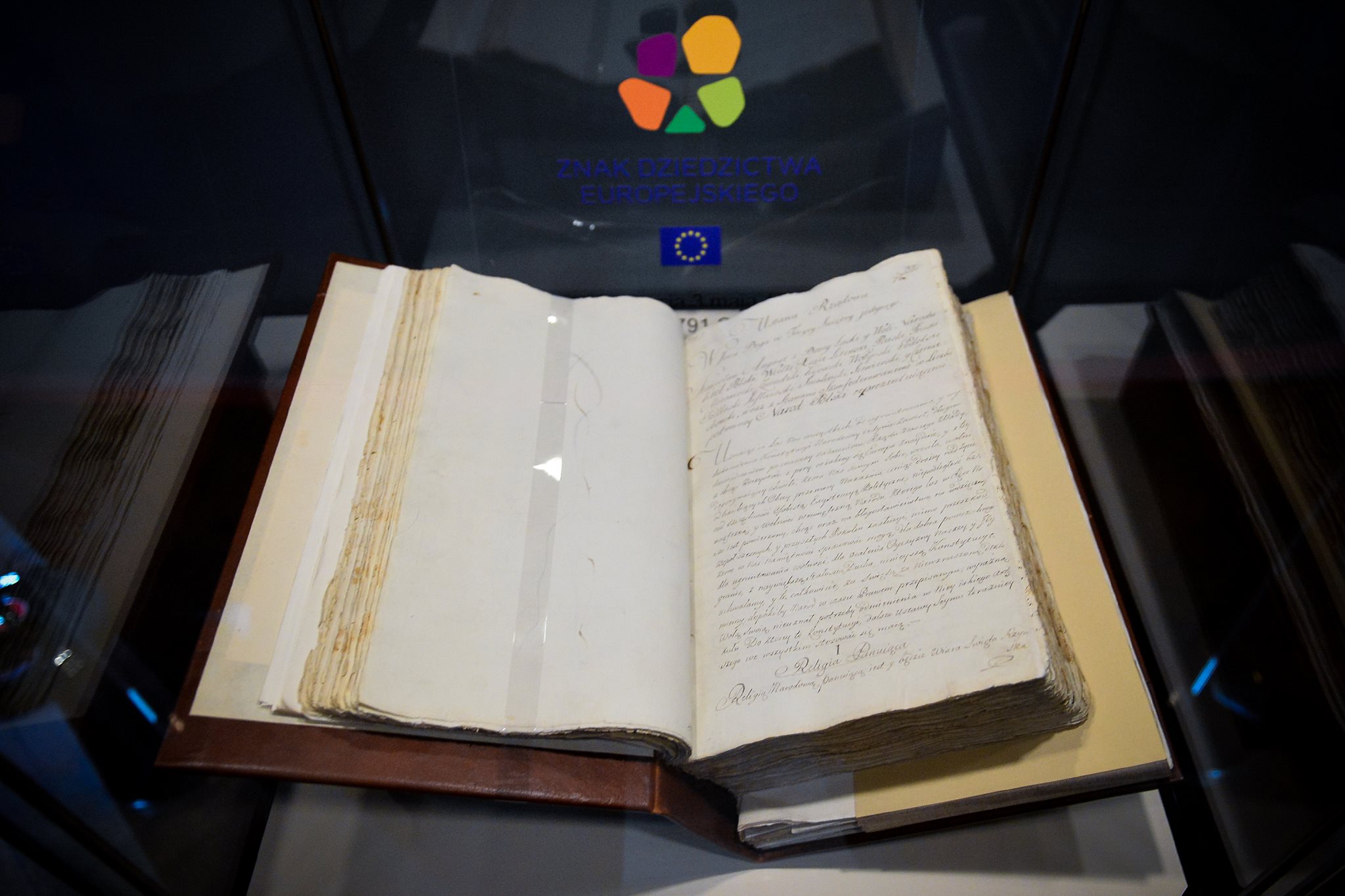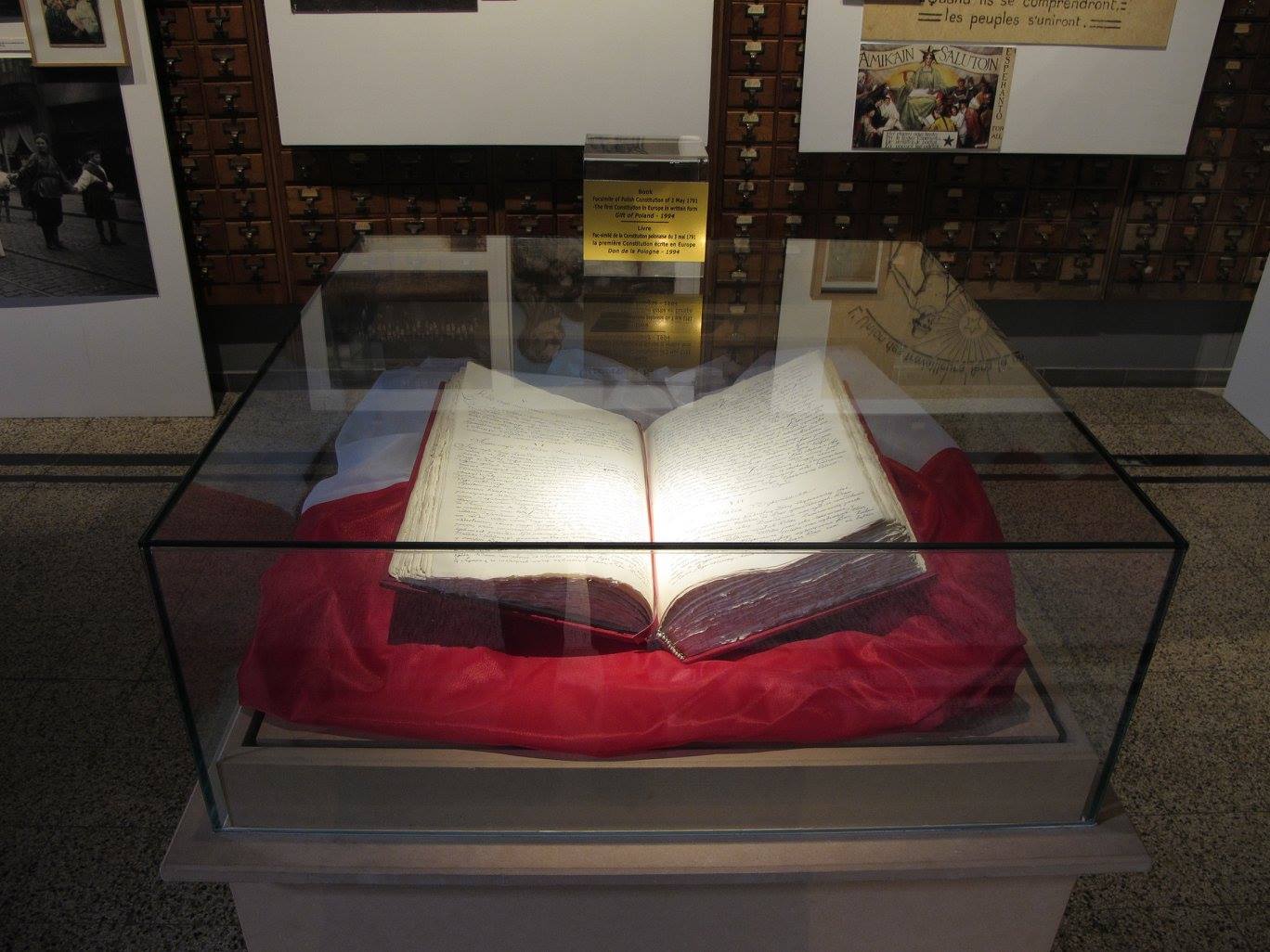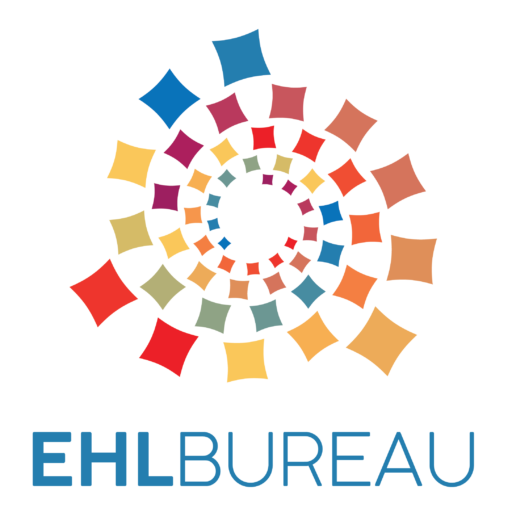The May 3 Constitution: A Pillar of Independence




Every year, the beginning of May brings a bustling atmosphere to the Central Archives of Historical Records. This period marks the annual exhibition of one of Poland’s most treasured documents, the May 3, 1791 Constitution. This year, the event drew over 1,000 visitors eager to glimpse the original document that symbolizes a significant milestone in Poland’s history.
The May 3 Constitution holds a prominent place in Polish history as a symbol of the nation’s independence. Known formally as the Government Act, it was the first fundamental law of Poland and one of the earliest constitutions worldwide to be adopted through a fully democratic process. This pioneering document established a constitutional monarchy in Poland, a political system that many European nations would not achieve until the following century.
The Constitution of May 3, 1791, was groundbreaking in its adoption of Montesquieu’s tripartite system of power, dividing government authority into legislative, executive, and judicial branches. This framework aimed to balance state integrity, civil liberty, and community order by ensuring these three powers were equally weighted and independently functioning.
This year’s exhibition featured an additional highlight: a section dedicated to the “Constitution for Europe” by Polish visionary Wojciech B. Jastrzebowski. Written in 1831, this document proposed a draft set of laws intended to guarantee “eternal peace among the European nations.” Despite its relative obscurity, Jastrzebowski’s work is significant for its early advocacy of European values that are now central to the European Union. The Central Archives proudly possess the original handwritten text of this forward-thinking document.
The May 3, 1791 Constitution was awarded the European Heritage Label in 2014.
